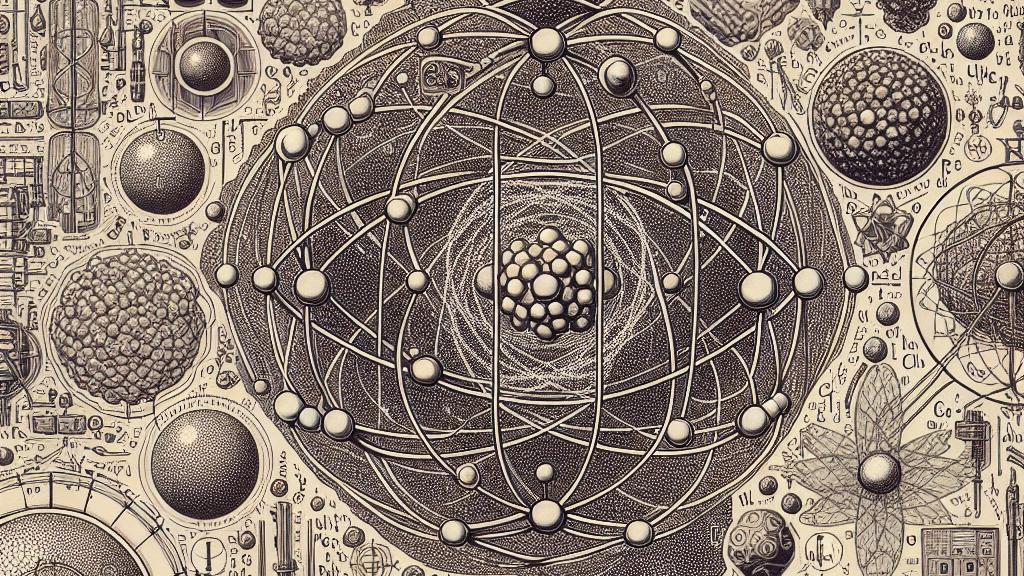Exploring Neutron Measurement and Nucleon Structure in Physics
Overview
- Breakthrough neutron measurement reveals essential insights into nucleon structure.
- The advanced Central Neutron Detector dramatically improves neutron detection capabilities.
- A greater understanding of nucleons could reshape our knowledge of nuclear forces and atomic stability.

The Indispensable Role of Neutrons in Nuclear Physics
Neutrons are not mere particles—they're essential components that underpin the very fabric of atomic structure. They work closely with protons, forming nucleons that reside in atomic nuclei and dictate an element's chemical behavior and stability. Their influence extends beyond simple atomic structure; for instance, neutrons play a vital role in nuclear reactions like fission and fusion, processes that release immense amounts of energy both in stars and nuclear reactors. Recently, advancements in neutron measurement techniques have provided researchers with an opportunity to unravel some of the mysteries that surround these elusive particles. Picture trying to decode an ancient language; every new insight helps clarify the fundamental laws that govern our universe, reinforcing the significance of neutrons in both theoretical and practical applications.
Innovating Neutron Detection with the Central Neutron Detector
The Central Neutron Detector, an impressive feat of engineering developed over a decade at the Thomas Jefferson National Accelerator Facility in the United States, stands as a game-changer in the field of nuclear physics. This state-of-the-art device enables precise measurements of deeply virtual Compton scattering (DVCS)—a thrilling interaction where electrons collide with nucleons to release vital information about their interactions. Imagine this process as peeking through a high-tech window that unveils the intricate details of neutron behavior, which were previously obscured. With this advanced technology, researchers can now effectively isolate genuine neutron signals from misleading background noise. For example, using intelligent machine learning algorithms, scientists can decipher complex data sets, distinguishing neutron interactions from equivalent proton interactions. This ability to filter out noise ensures a more accurate data collection process, enhancing our understanding of the neutron’s role within nucleons.
Impacts on the Future of Nuclear Research
The implications of these breakthroughs are astonishing and far-reaching in potential. By grasping the interactions between nucleons and the fundamental forces that bind them, scientists can explore previously uncharted territory within nuclear physics. Questions arise: How exactly do these interactions lead to the synthesis of heavier elements in stars? What are the thresholds for nuclear stability, and how do certain conditions influence these states? Each new discovery not only enriches our understanding of nuclear matter but also casts a light on the complex interplay of fundamental forces shaping the cosmos. As researchers continue refining techniques and pushing boundaries, we find ourselves on the cusp of new revelations that promise to enhance our comprehension of the universe; this creates a captivating environment for inquiry, inspiring future scientists to delve deeper into the mysteries hidden within the very building blocks of matter.

Loading...